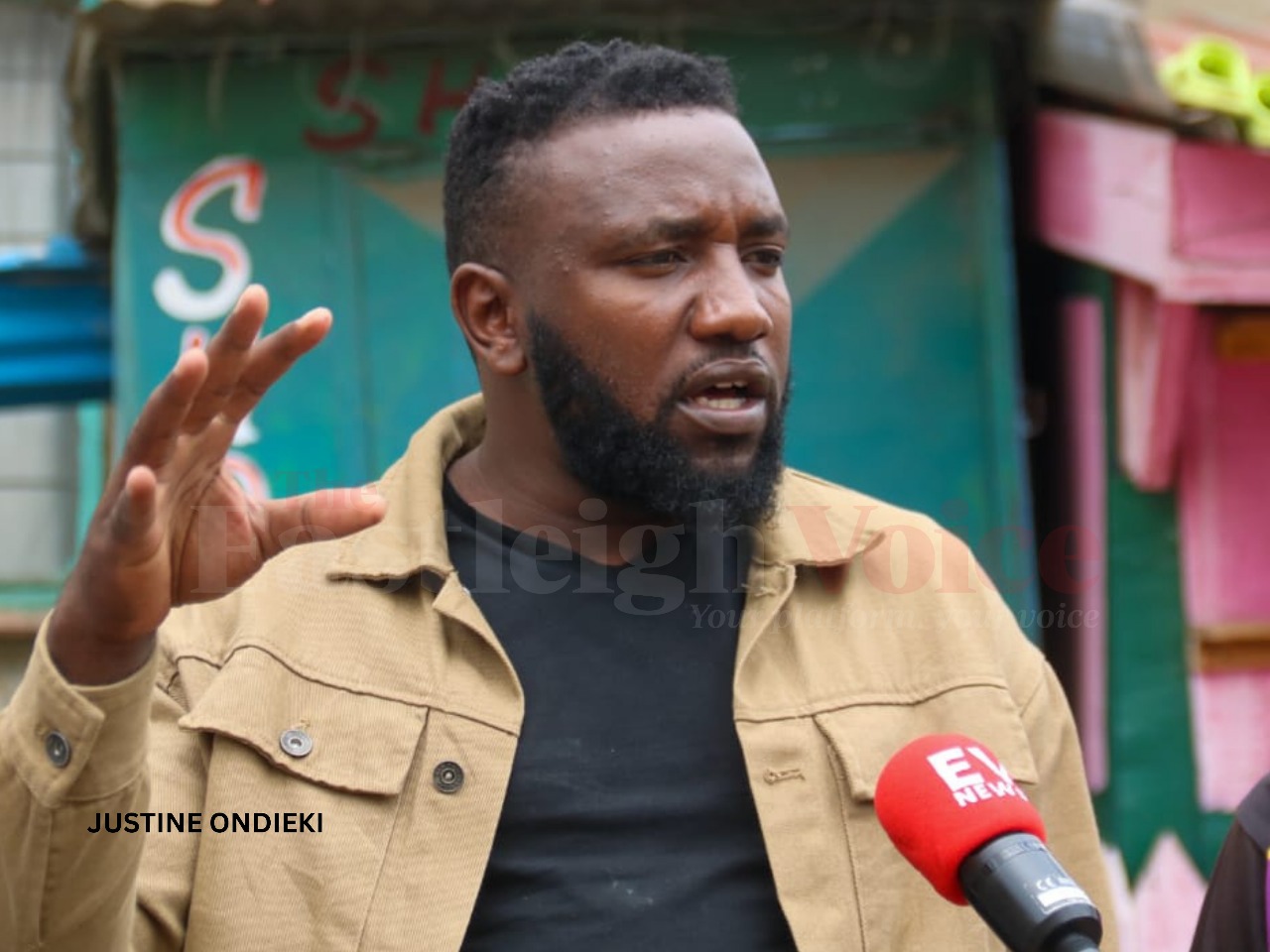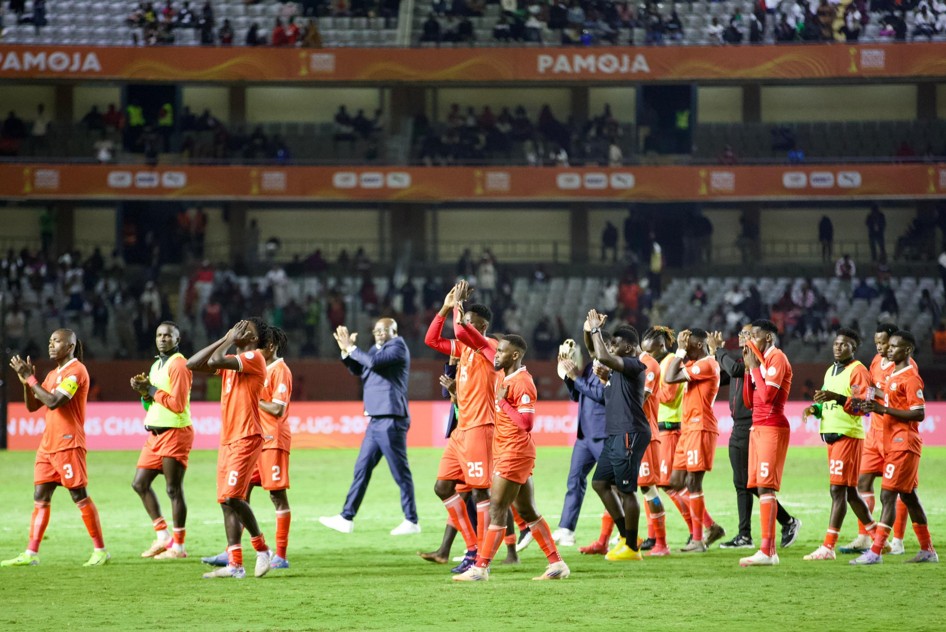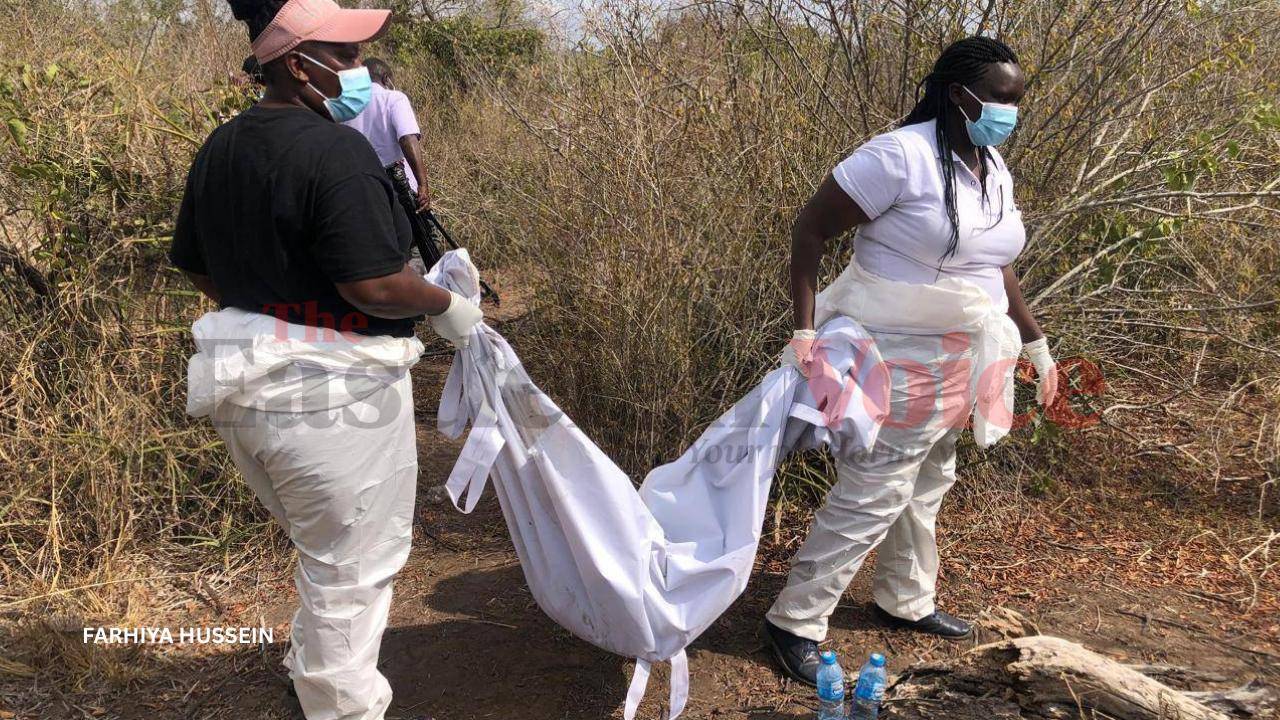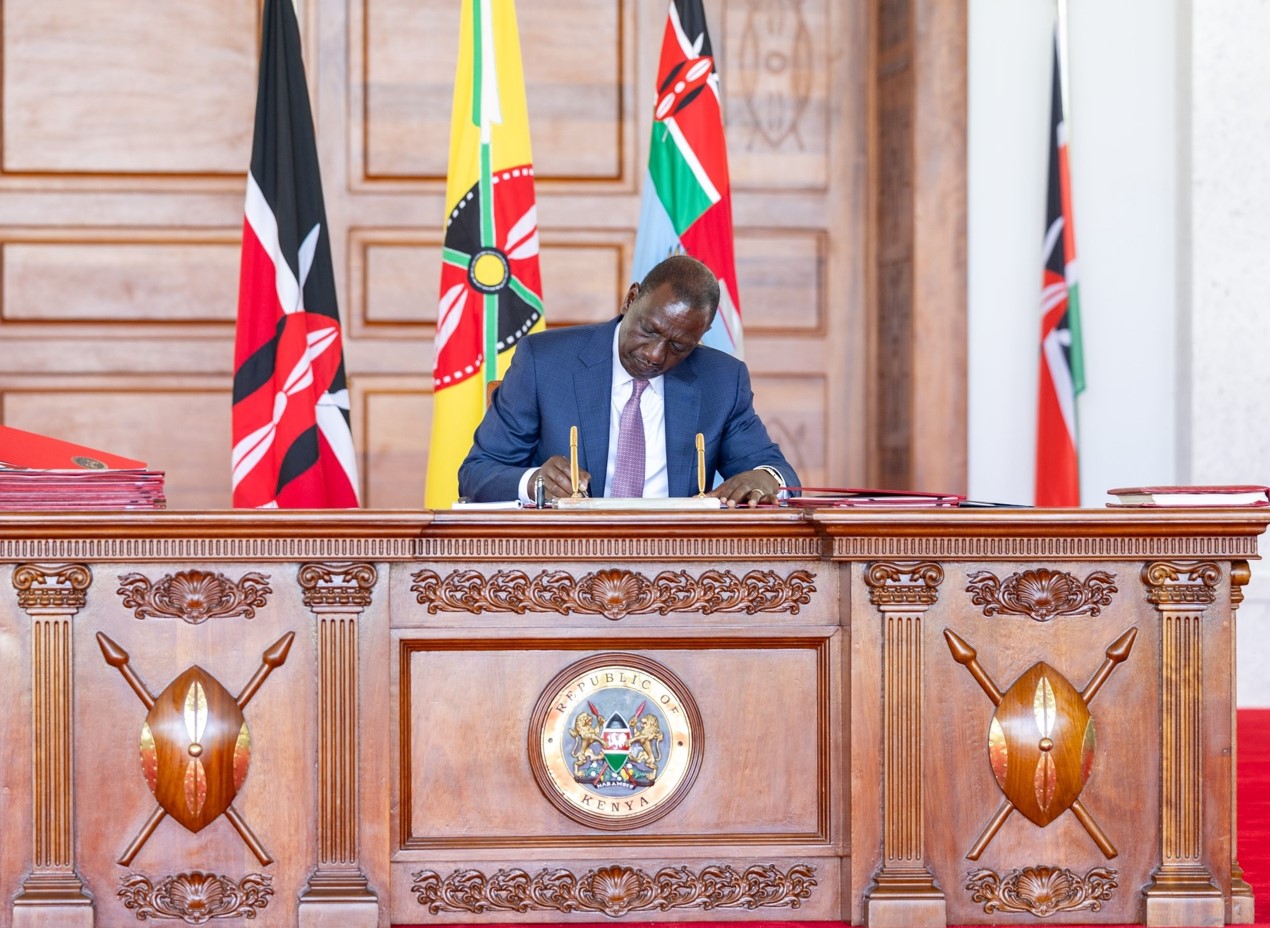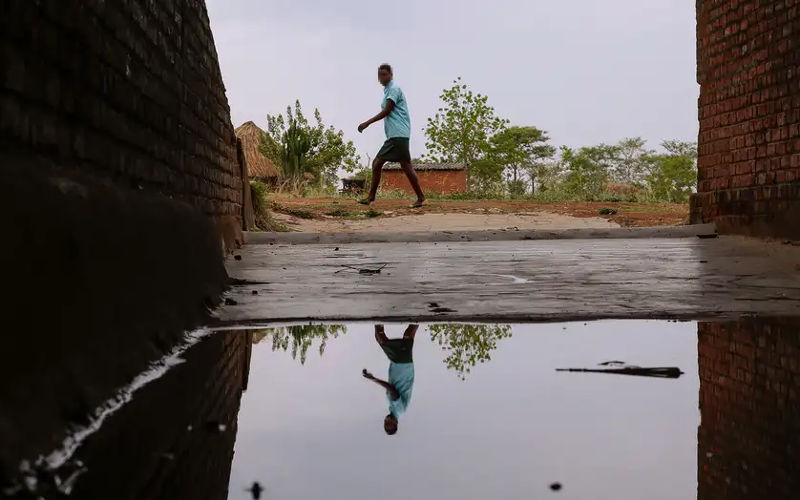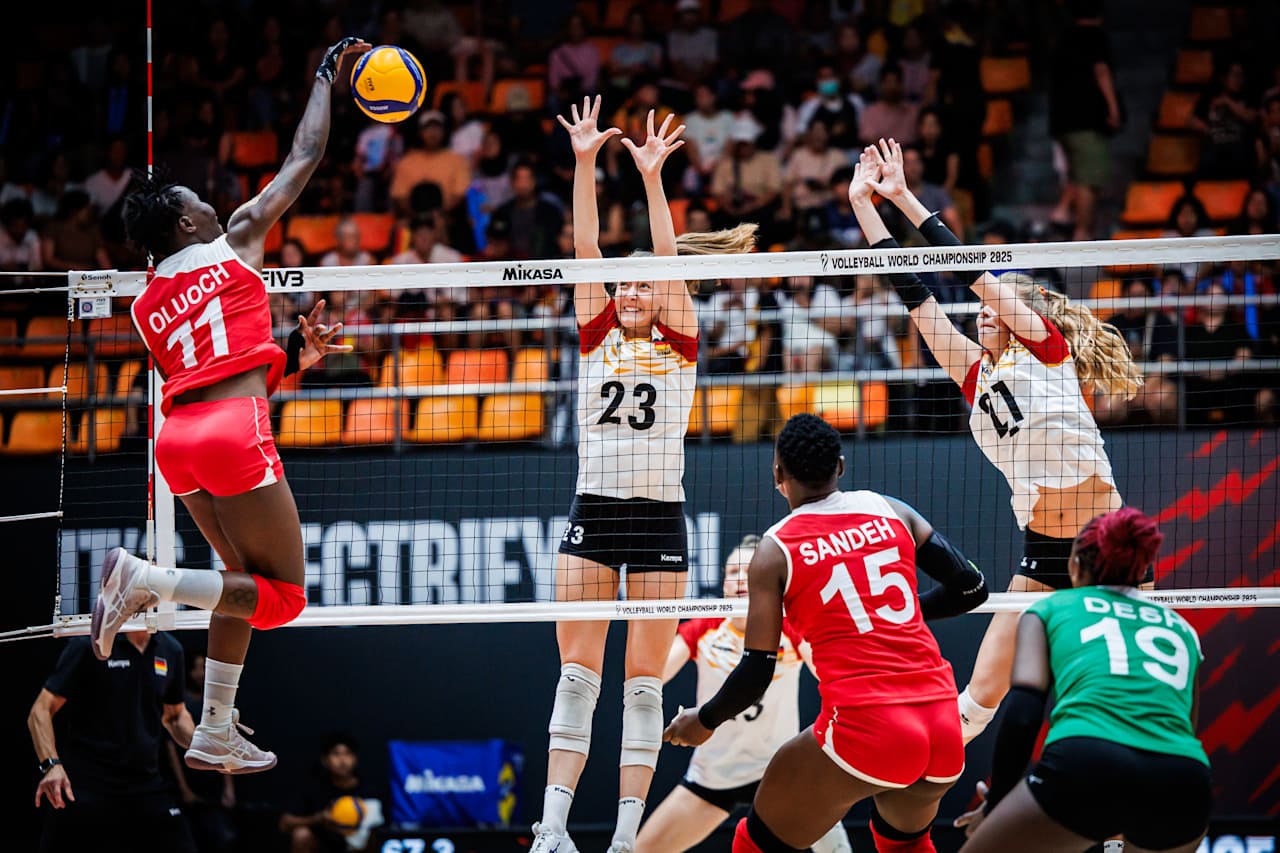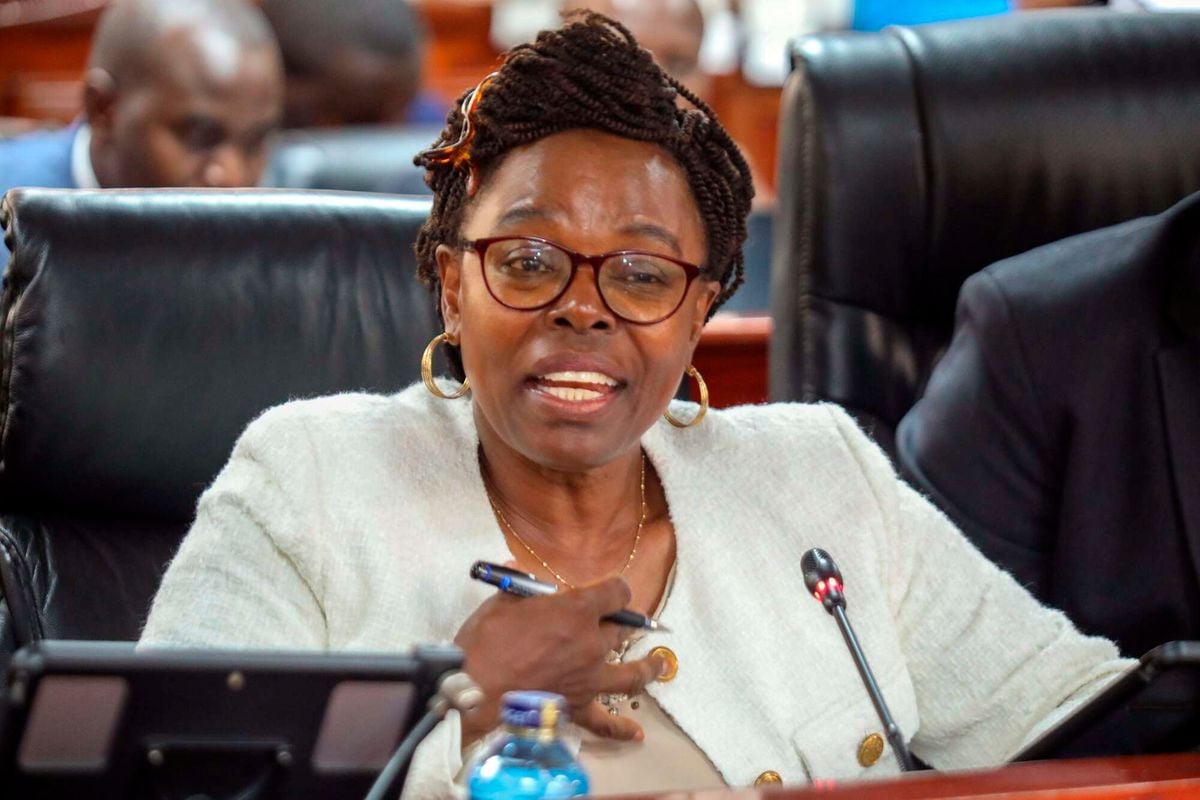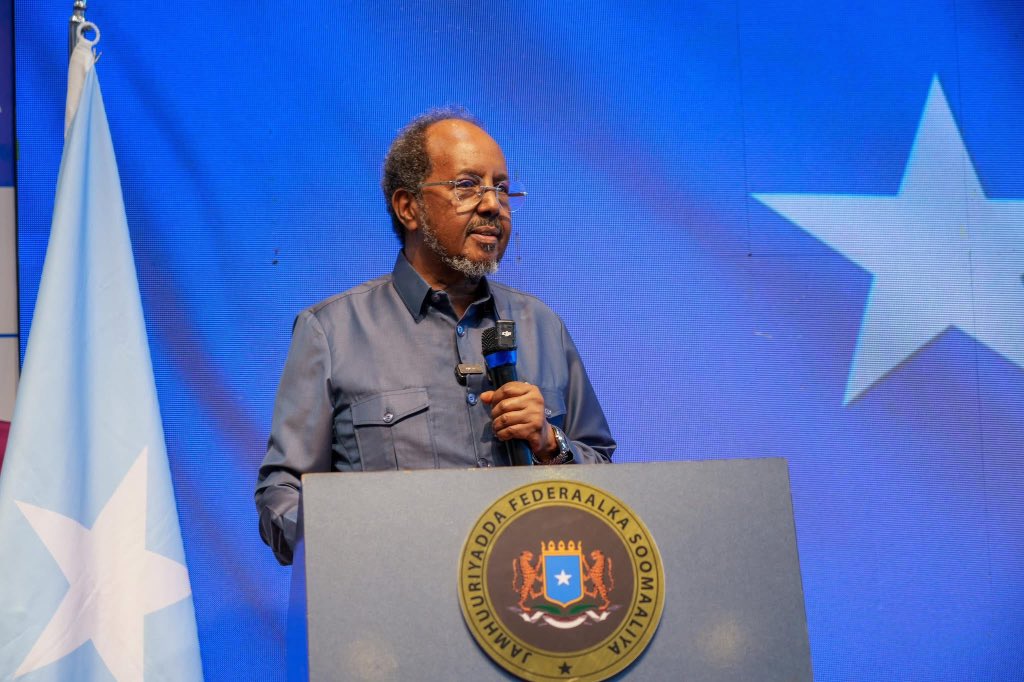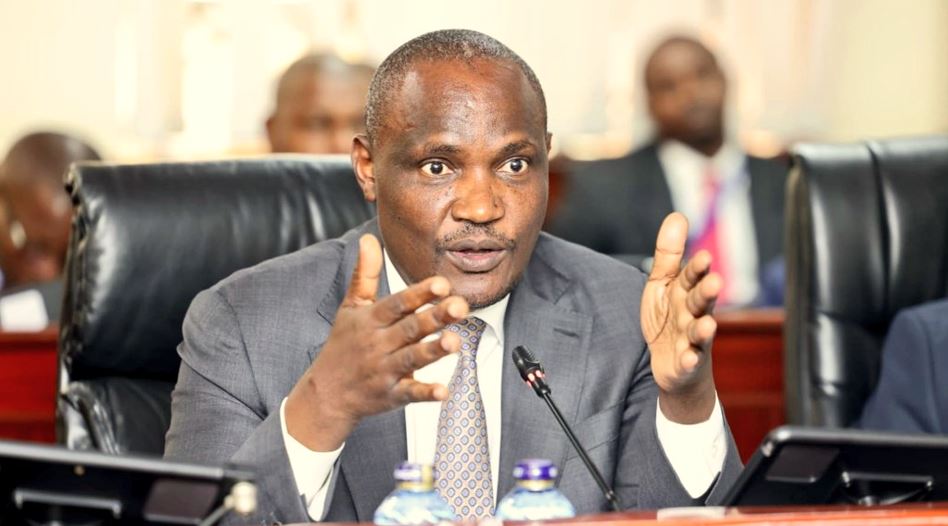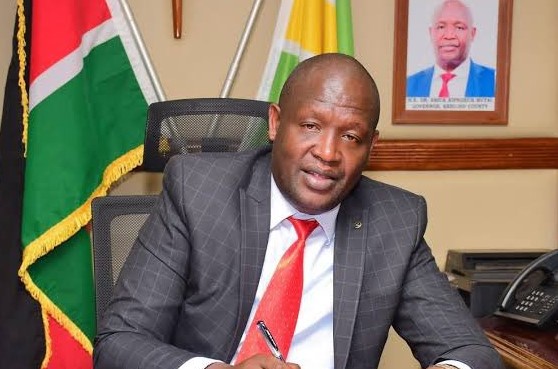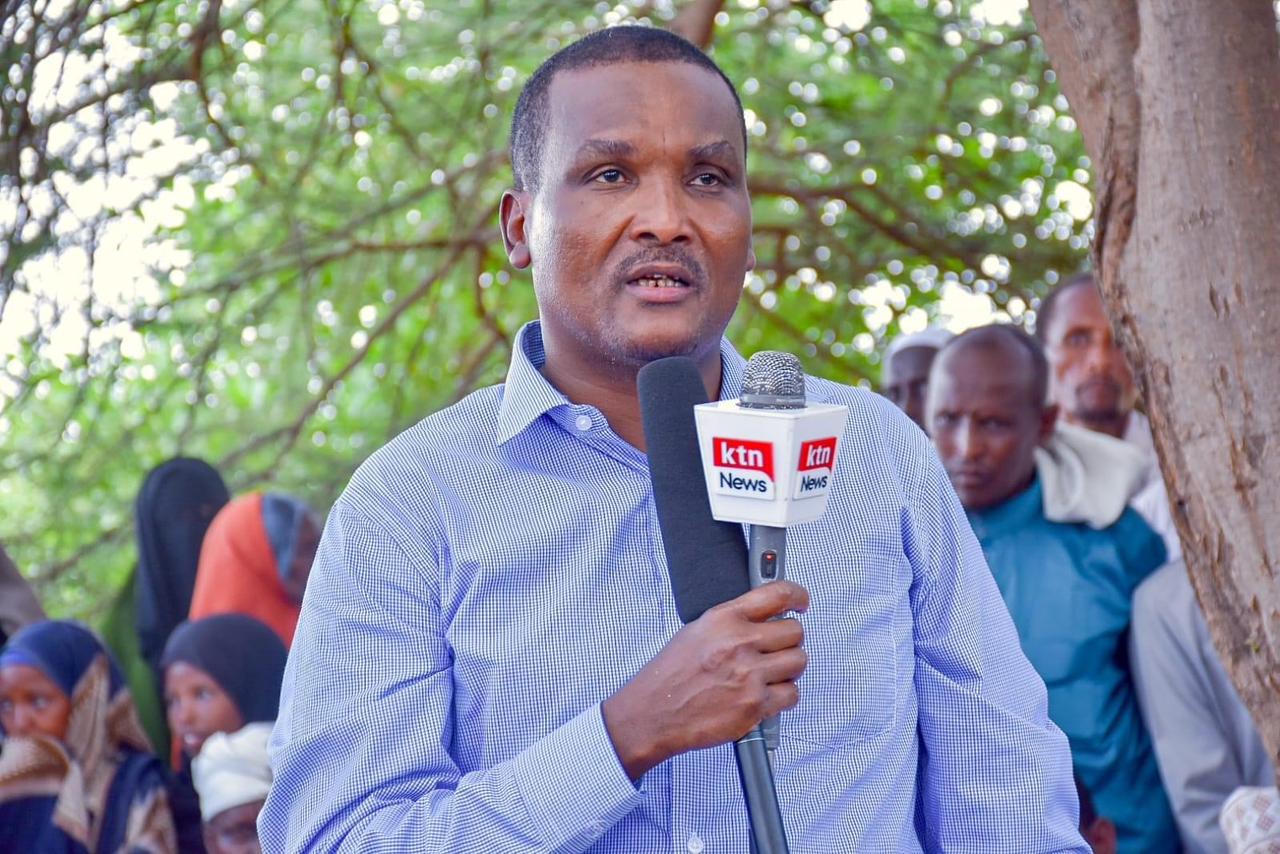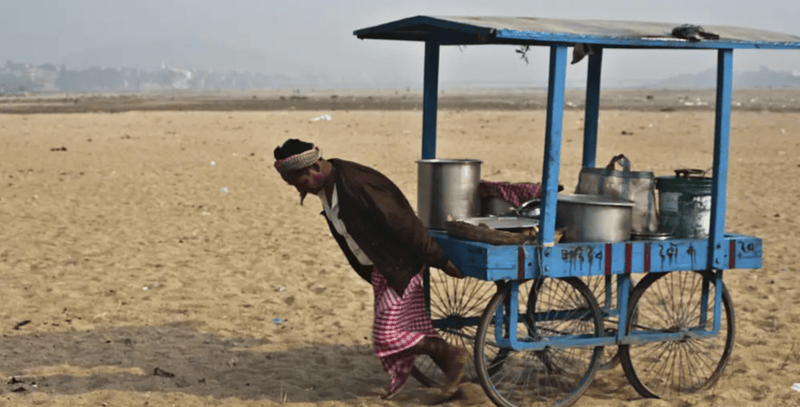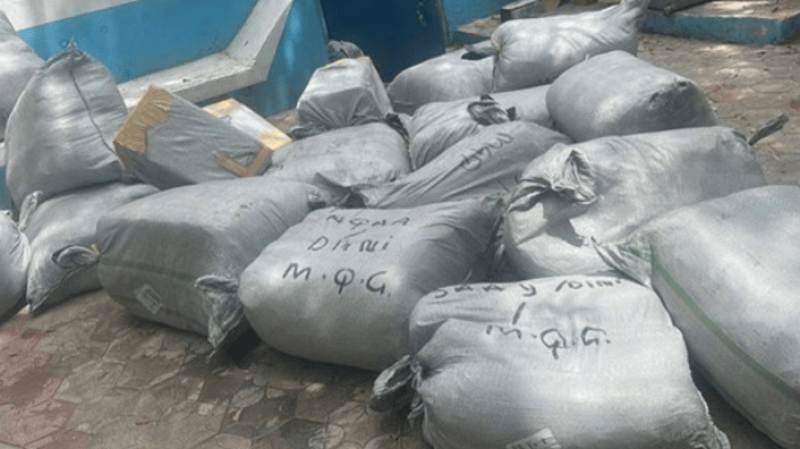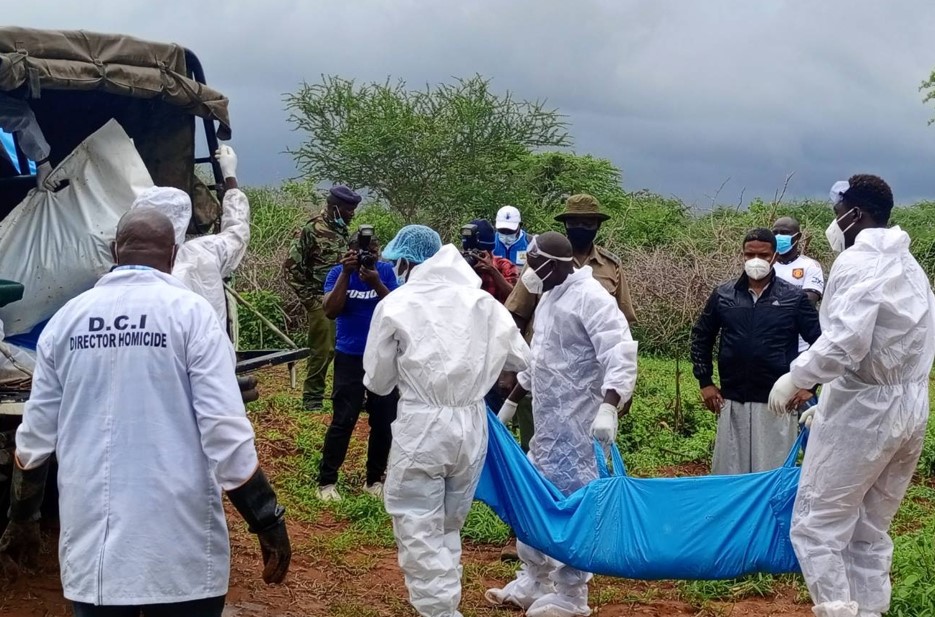Nairobi leads in Saba Saba protest deaths as Haki Africa confirms 43 killed nationwide
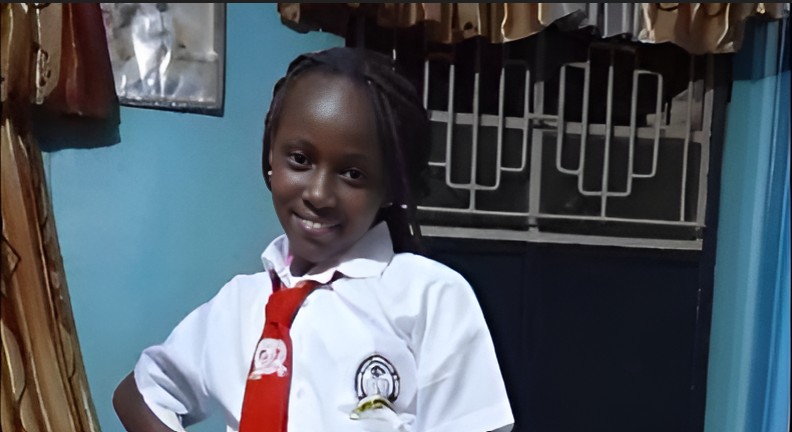
The report details that among the victims were 27 males, three females, and 13 unidentified individuals—figures that human rights groups say point to a deadly and disproportionate crackdown on protestors.
Nairobi County recorded the highest number of deaths during this year’s Saba Saba demonstrations, with at least 10 people confirmed dead, according to data released by Haki Africa on July 15.
Kiambu followed with nine deaths, while Kajiado recorded six.
More To Read
- US report raises alarm over deterioration of human rights in Kenya
- Five Kenyans sue IG Douglas Kanja, top security chiefs over protest violence inaction
- Family rejects police suicide account in Kenol station death
- Ruto announces 120-day compensation framework for protest victims
- Calls grow to disband Kenya’s police service over corruption, brutality and failed reforms
- Third member of 'FBI movement' arrested in Meru
Across the country, 43 people lost their lives during the July 7 protests.
The report details that among the victims were 27 males, three females, and 13 unidentified individuals—figures that human rights groups say point to a deadly and disproportionate crackdown on protestors.
In Kiambu, the victims included schoolchildren, university students, and several unidentified persons.
Among them was Bridgit Njoki Wainaina, a 12-year-old Class Seven pupil who died in Ndumberi. Others named include Ian Mungai, a law student at Mount Kenya University, and Dennis Mutuma Mwangi, whose name appears twice in the report, possibly due to duplication or a pending verification.
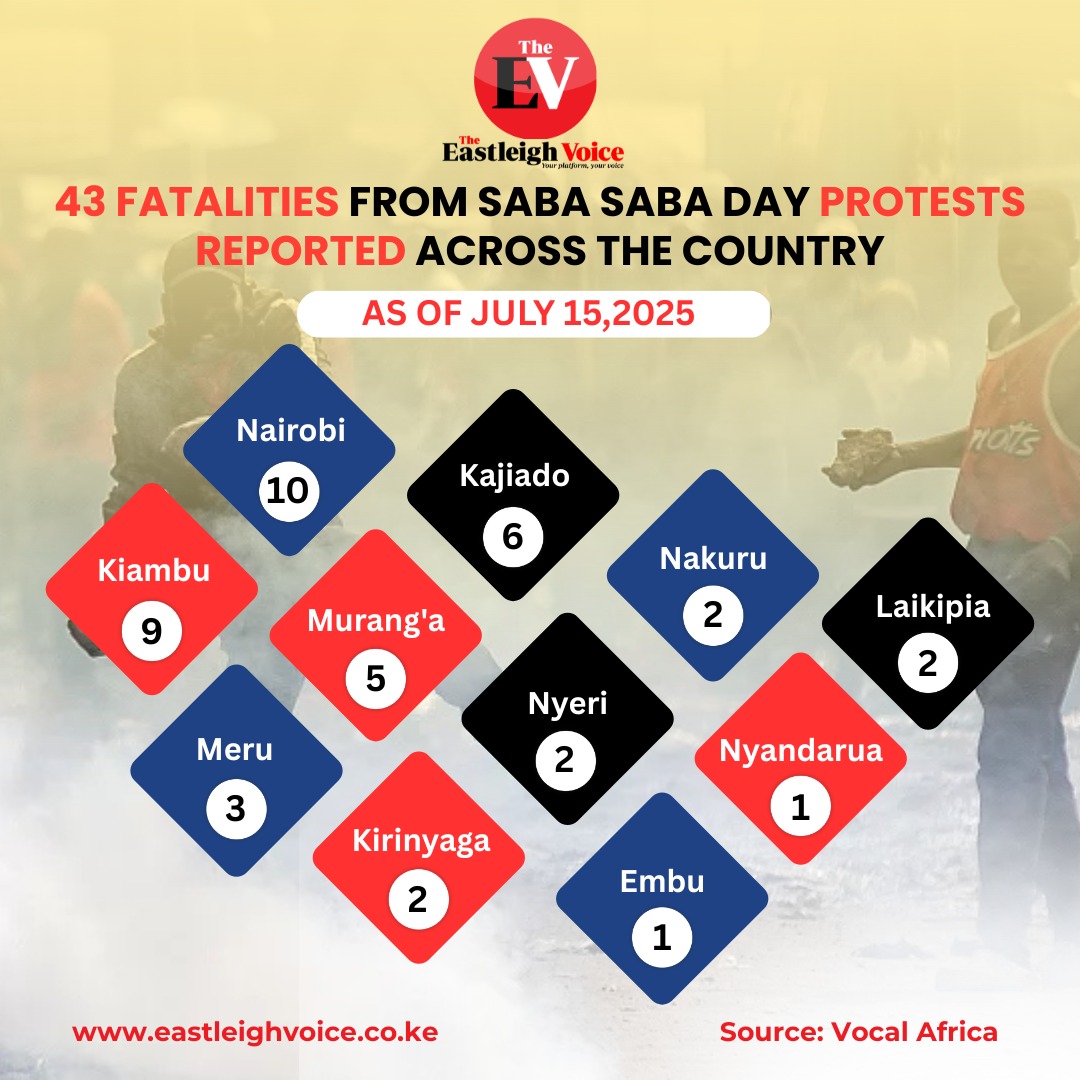
Unidentified individuals
Also killed in Kiambu were Laban Mwangi Kagunda, Ephantus Kamau, and four unidentified individuals whose bodies were taken to various hospitals and mortuaries in Thika, Juja, and Kiambu towns.
In Kajiado County, six people were killed, mostly in Ngong and Kiserian. The victims included Brian Kimutai Bitok (21), Issa Paul Mburu (26), Moses Tobiko (19), Jeremiah Oscar (24), Joseph Kagiri (24), and one unidentified person.
Nairobi’s 10 deaths were spread across Riruta, Kahawa West, Kangemi, Donholm, Githurai, Embakasi, and Buruburu.
Identified victims include Elvis Musavi, Paul Makori, Peter Gachanja, and Joseph Wangai. The remaining victims are yet to be identified and were taken to the City Mortuary and other health facilities.
Murang’a County recorded five deaths: Daniel Kabiru Mwangi, Evans Ndandu Muthoni, Julius Muli, Peter Macharia, and one unnamed individual taken to Murang’a Level 5 Hospital.
In Meru, three people died in Maua: Mwangi, Felix Macharia, and one unidentified individual. Nakuru reported two deaths, both at Naivasha Sub-county Hospital.
Kirinyaga County listed two victims—Peter Macharia (21) and Edward Ndambiri (25). Nyeri, Laikipia, Embu, and Nyandarua counties also recorded one or two deaths each.
Among the Laikipia victims were 17-year-old James Gachara Wambugu and Julia Kariuki from Nanyuki.
Nyandarua recorded the death of an unidentified person, whose body was taken to JM Hospital in Ol Kalou.
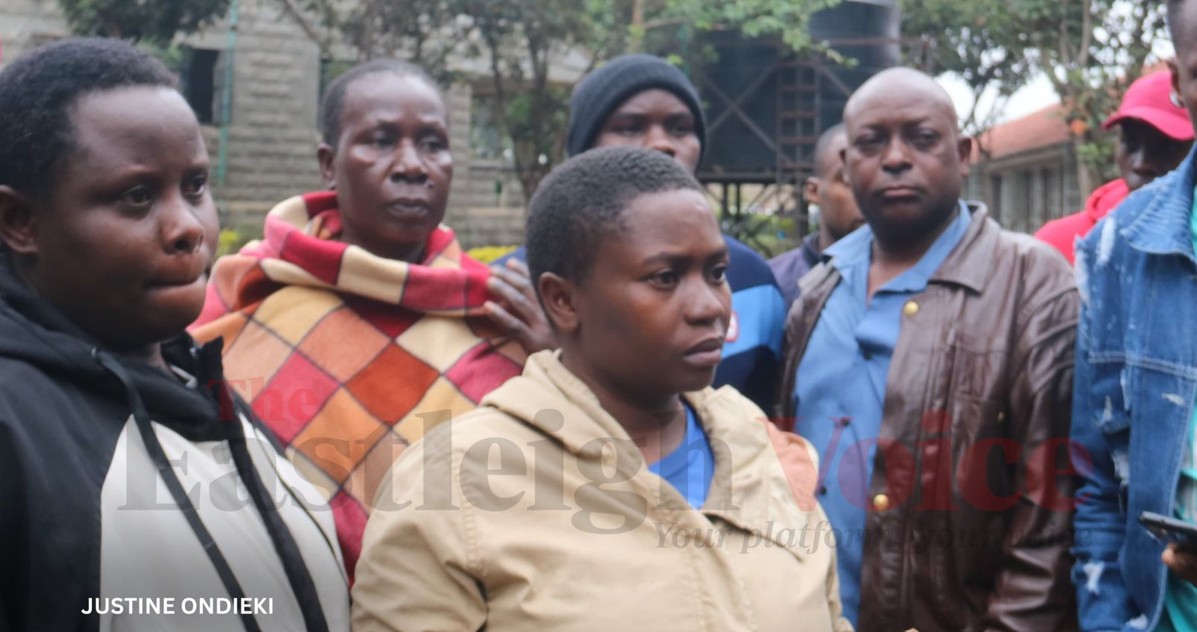 Family members of Elvis Musavi, who was killed in Kangemi during the Saba Saba Day protests, gather at City Mortuary on July 8, 2025. (Photo: Justine Ondieki)
Family members of Elvis Musavi, who was killed in Kangemi during the Saba Saba Day protests, gather at City Mortuary on July 8, 2025. (Photo: Justine Ondieki)
Excessive use of force
The report comes amid growing concern over the excessive use of force by security agencies.
In a separate statement, the Police Reforms Working Group – Kenya endorsed Haki Africa’s findings and raised concerns over what it called the “systematic killing of protestors” during and after the demonstrations.
The group has called for urgent investigations, prosecution of responsible officers, and the establishment of a special commission to audit police conduct during protests.
“The continued killing of protestors is not just a violation of the right to life, but a direct attack on the constitutional freedom of assembly and expression,” PRWG-Kenya said.
The July 7 protests marked the 35th anniversary of the Saba Saba movement, with thousands of Kenyans taking to the streets to express frustration over governance, corruption, and economic hardships.
Rights groups say the wave of killings mirrors a troubling trend where police response to demonstrations is increasingly deadly.
Top Stories Today
